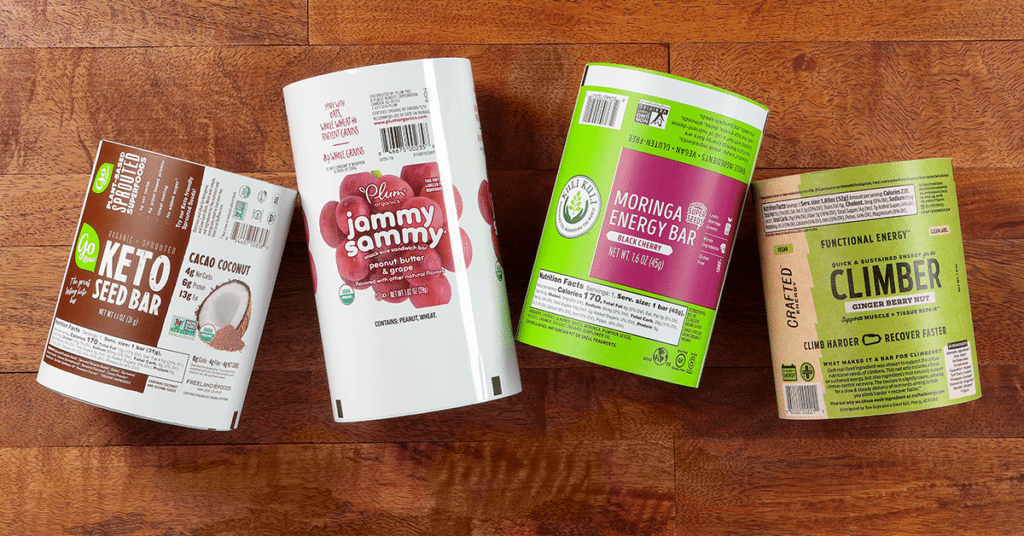When it comes to food packaging, ensuring the safety and compliance of inks for direct food contact is of utmost importance. These inks must meet stringent regulations to avoid contamination and ensure consumer safety. In this article, we will delve into the world of food-safe inks, exploring their significance, regulations, and advancements.

Understanding the Importance of Food-Safe Inks
Food packaging plays a critical role in preserving the quality and safety of consumables. The inks used on these packages are no exception. Inks for direct food contact are specifically designed to prevent harmful substances from migrating into the food, thereby protecting consumers from potential health risks. The importance of these inks cannot be overstated as they serve as a protective barrier between the packaging material and the food.
Regulations Governing Food-Contact Inks
Compliance with regulatory standards is essential for any ink intended for food contact. Various international bodies have set guidelines to ensure the safety of these inks. For instance, the U.S. Food and Drug Administration (FDA) and the European Food Safety Authority (EFSA) have established regulations that dictate which substances can be used in inks for direct food contact. These regulations aim to minimize the risk of chemical migration and ensure that the inks are safe for human consumption.
FDA Regulations
The FDA requires that food-contact substances, including inks, must undergo rigorous testing to determine their safety. This includes assessing the potential for chemical migration and ensuring that any migration does not exceed established limits. Compliance with FDA regulations is crucial for manufacturers who wish to market their products in the United States.
EFSA Guidelines
Similarly, the EFSA has established guidelines for food-contact materials, including inks. These guidelines require manufacturers to provide evidence of safety through scientific assessment. The goal is to ensure that the inks do not pose any risk to human health when used in food packaging.
Advancements in Food-Safe Ink Technology
With the increasing demand for safe and sustainable packaging, there have been significant advancements in the development of inks for direct food contact. Manufacturers are now focusing on creating inks that not only comply with safety regulations but also align with environmental sustainability goals.
Low Migration Inks
One of the significant advancements in this field is the development of low migration inks. These inks are designed to minimize the migration of substances from the packaging to the food. They are particularly beneficial for sensitive products such as baby food and pharmaceuticals. For more insights on low migration inks, visit this migration-safe offset inks article.
Edible Inks
Edible inks are another innovation in the realm of food-safe inks. These inks are made from food-grade ingredients and are used for printing directly on food items such as cakes and pastries. They are safe for consumption and do not pose any health risks. For a comprehensive overview of edible ink safety, you can refer to this external source.
Sustainability in Food-Contact Inks
As consumers become more environmentally conscious, the demand for sustainable packaging solutions is on the rise. Manufacturers are now incorporating eco-friendly practices in the production of inks for direct food contact. This includes using renewable resources and reducing the carbon footprint associated with ink production.
BPA-Free Inks
BPA (Bisphenol A) is a chemical that has raised concerns due to its potential health effects. In response, manufacturers have developed BPA-free inks for food packaging. These inks are designed to be safe for human health and the environment. To learn more about BPA-free packaging inks, check out this BPA-free inks article.
Barrier Coatings
Barrier coatings are used in conjunction with inks for direct food contact to enhance the protective properties of food packaging. These coatings prevent the migration of harmful substances and help maintain the integrity of the packaging. For more information on barrier coatings, refer to this barrier coatings article.
Challenges in Food-Safe Ink Production
Despite the advancements in technology, there are still challenges faced by manufacturers in producing compliant inks for direct food contact. These challenges include ensuring consistent quality, meeting regulatory standards, and managing production costs.
Quality Control
Maintaining consistent quality is crucial to ensure the safety of food-contact inks. Manufacturers must implement strict quality control measures to prevent contamination and ensure that the inks meet regulatory requirements.
Cost Considerations
The production of inks for direct food contact can be costly due to the need for specialized ingredients and compliance testing. Manufacturers must balance the cost of production with the need to provide safe and affordable packaging solutions.
The Future of Food-Contact Inks
As the packaging industry continues to evolve, the future of inks for direct food contact looks promising. With ongoing research and development, manufacturers are expected to introduce more innovative and sustainable solutions that meet the demands of consumers and regulatory bodies.
Smart Inks
Smart inks are an emerging technology that could revolutionize the food packaging industry. These inks can change color in response to environmental factors such as temperature, providing real-time information about the condition of the food. This technology has the potential to enhance food safety and reduce food waste.
Biodegradable Inks
Biodegradable inks are another promising development in the field of food packaging. These inks are designed to break down naturally, reducing the environmental impact of packaging waste. As sustainability becomes a priority, biodegradable inks are expected to gain popularity in the coming years.
Conclusion
The role of inks for direct food contact in ensuring the safety and compliance of food packaging cannot be understated. With stringent regulations and advancements in technology, manufacturers are continuously working to provide safe, sustainable, and innovative solutions. By prioritizing consumer safety and environmental sustainability, the future of food-contact inks looks bright.

FAQs
Are food-contact inks safe for all types of food?
Yes, food-contact inks are designed to be safe for all types of food. However, it is important for manufacturers to ensure that the inks comply with relevant regulations and are tested for safety.
What are low migration inks?
Low migration inks are designed to minimize the transfer of substances from the packaging to the food. They are particularly beneficial for sensitive products such as pharmaceuticals and baby food.
How do barrier coatings enhance food packaging?
Barrier coatings are used in conjunction with food-contact inks to enhance the protective properties of packaging. They prevent the migration of harmful substances and help maintain the integrity of the packaging.
This article contains affiliate links. We may earn a commission at no extra cost to you.






